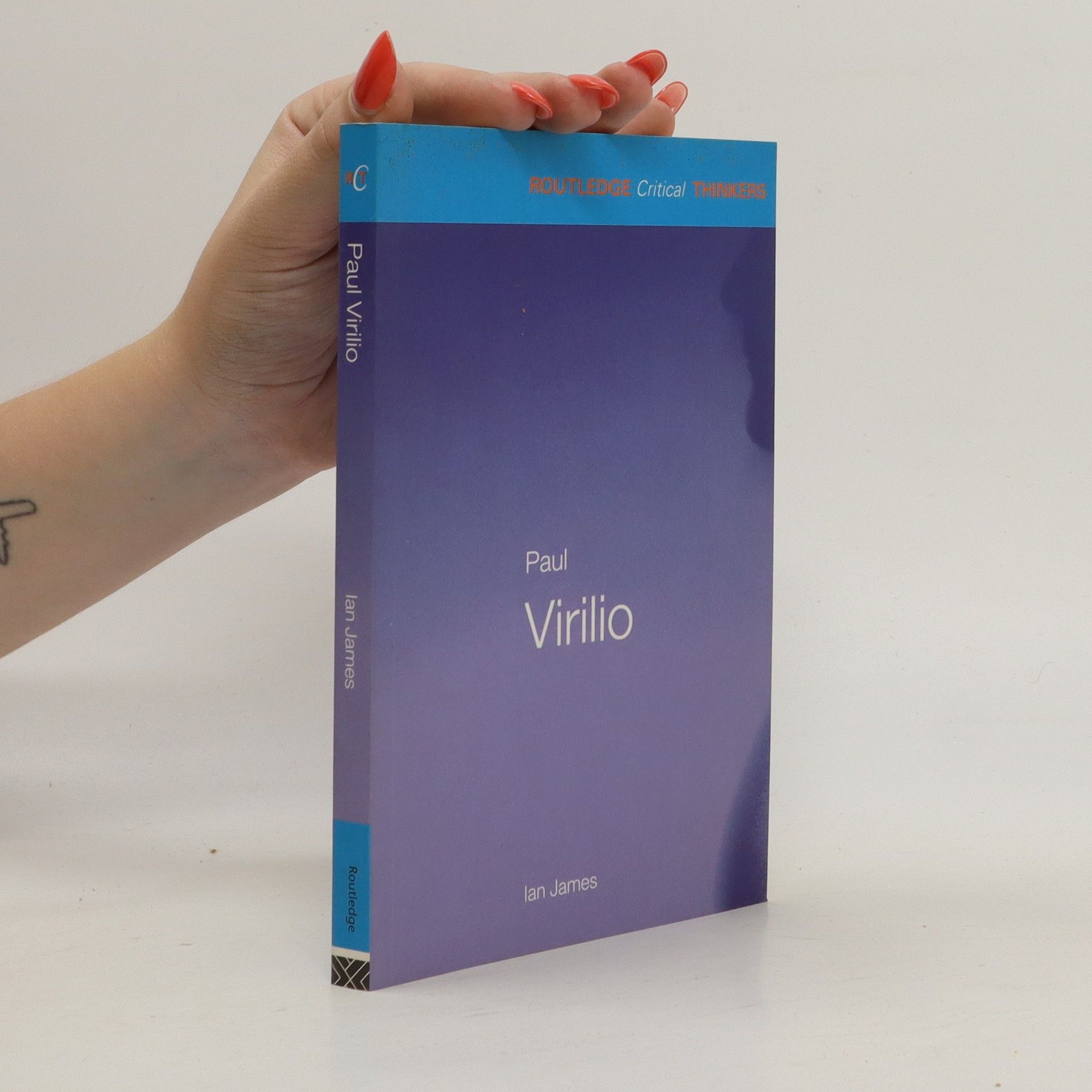Paul Virilio
- 144 Seiten
- 6 Lesestunden
Paul Virilio is a challenging and original thinker whose work on technology, state power and war is increasingly relevant today. Exploring Virilio's main texts from their political and historical contexts, and case studies from contemporary culture and media in order to explain his philosophical concepts, Ian James introduces the key themes in Virlio's work, including: speed virtualization war politics art. As technological and scientific innovations continue to set the agenda for the present and future development of culture, communications, international economy, military intervention and diverse forms of political organization, Virilio's unique theoretical and critical insights are of enormous value and importance for anyone wishing to understand the nature of modern culture and society.



